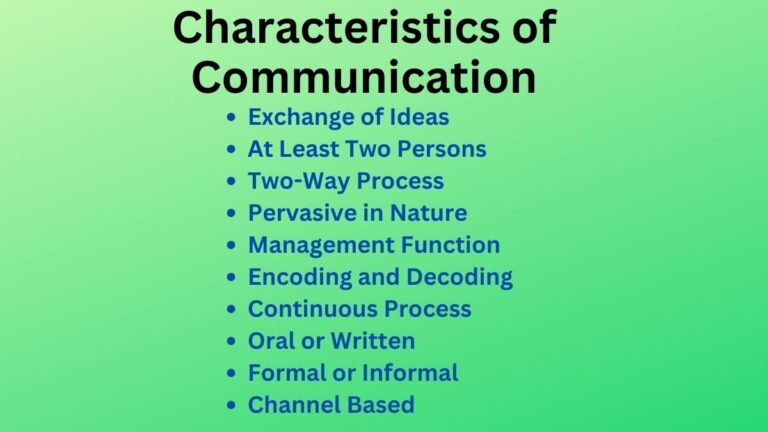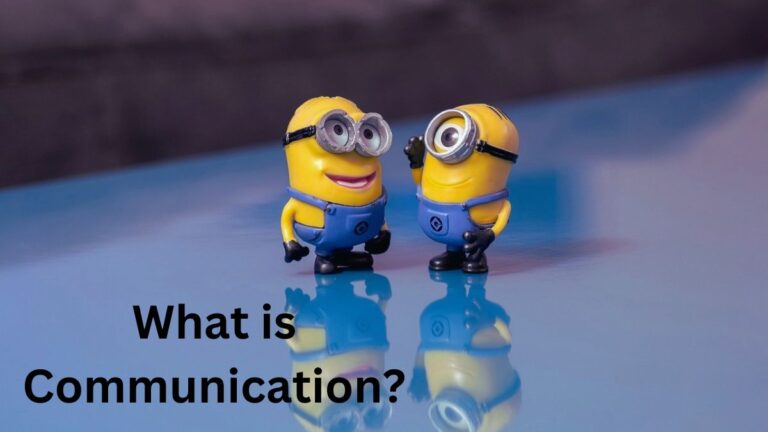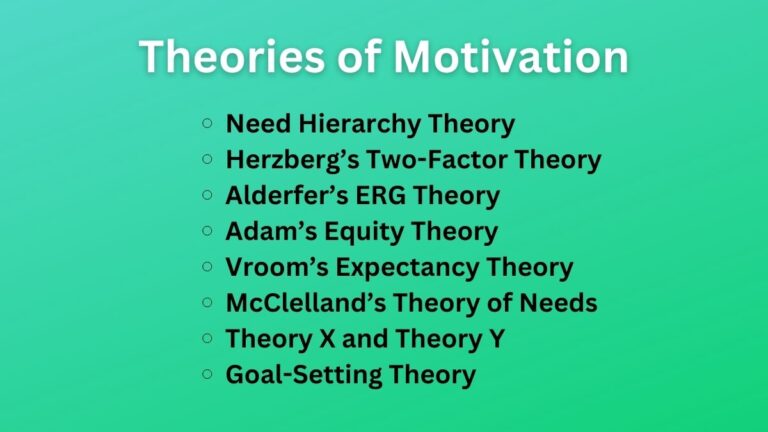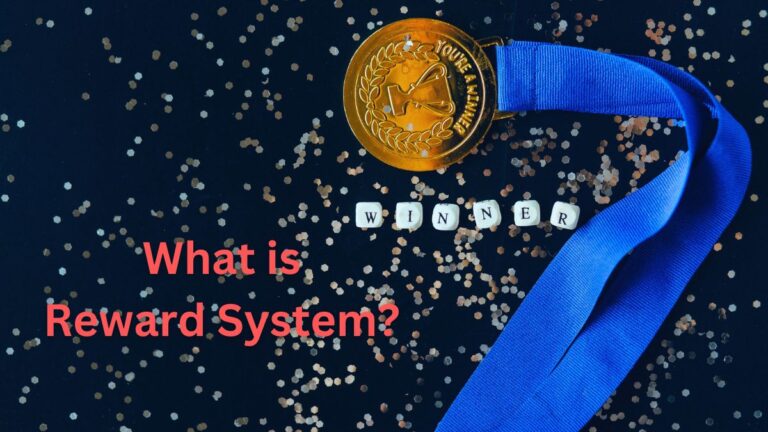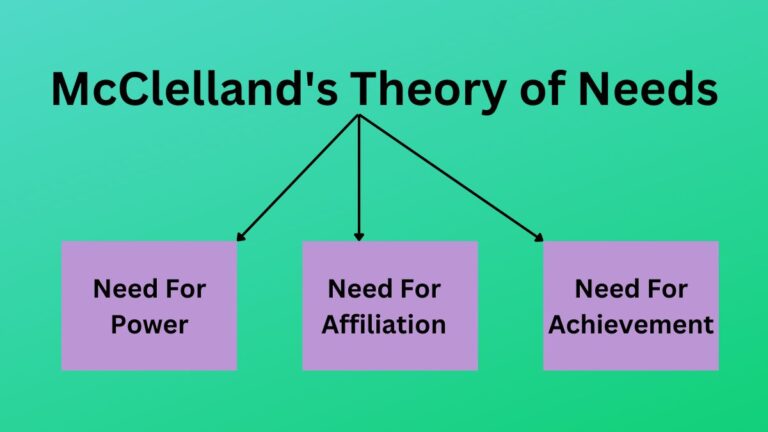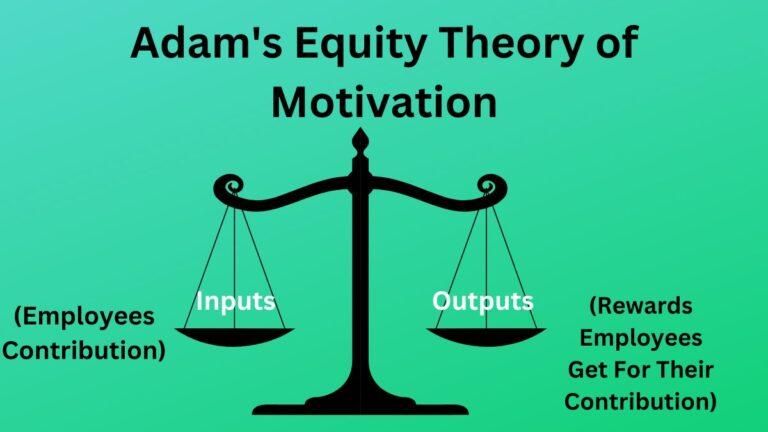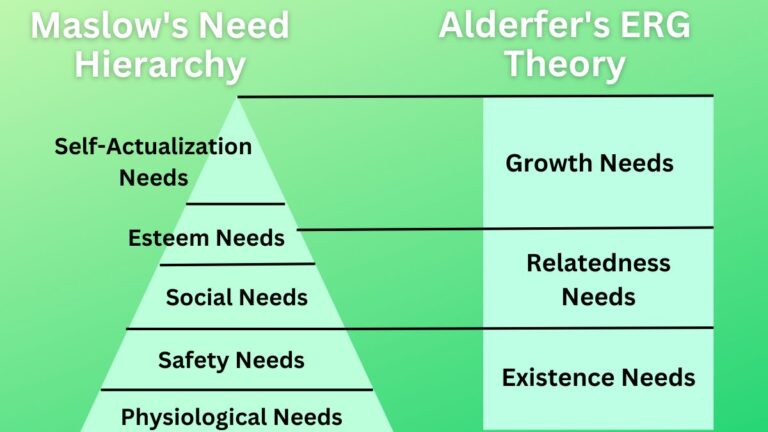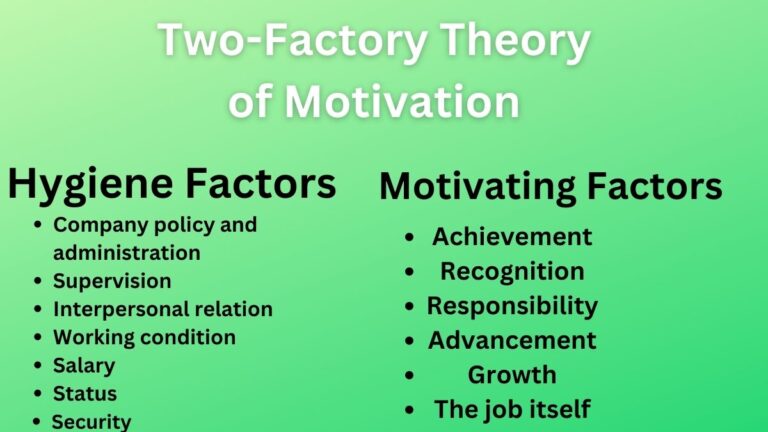10 Characteristics/Features of Communication in Management
Characteristics of Communication Communication is simply the exchange of ideas, opinions, and information between and among two or more people. It is an effective tool in organizations to pass the organizational matters so as to make goals achievement possible. The following are the main characteristics/features of communication. Exchange of Ideas A main characteristic of communication…
